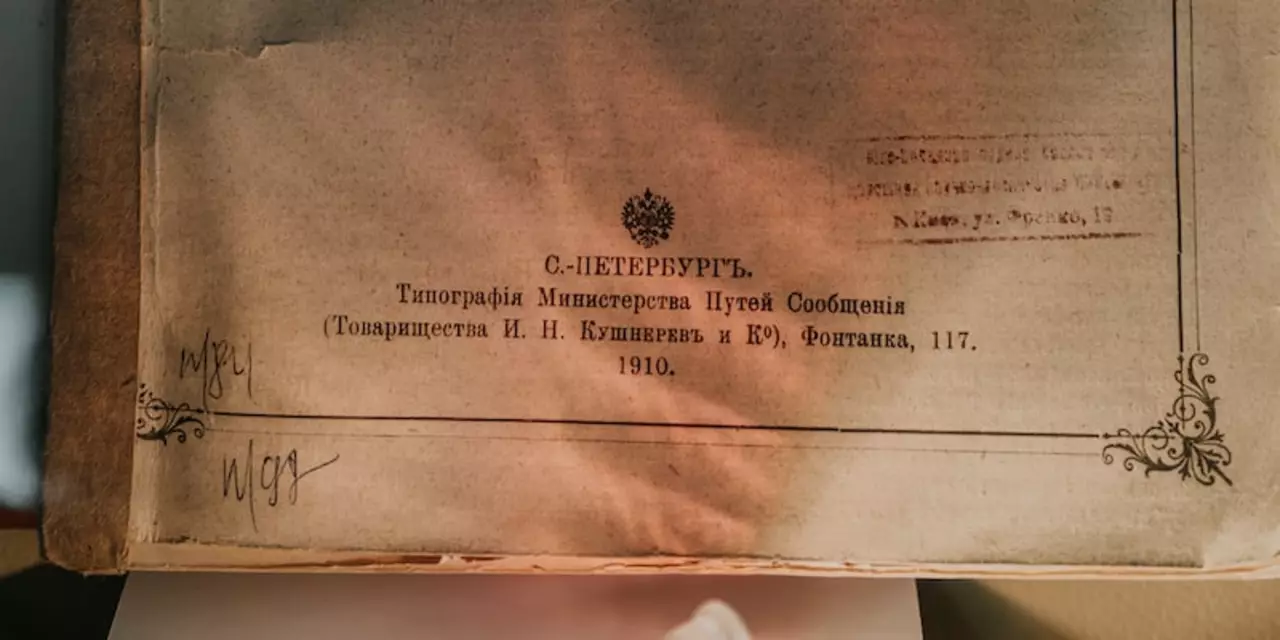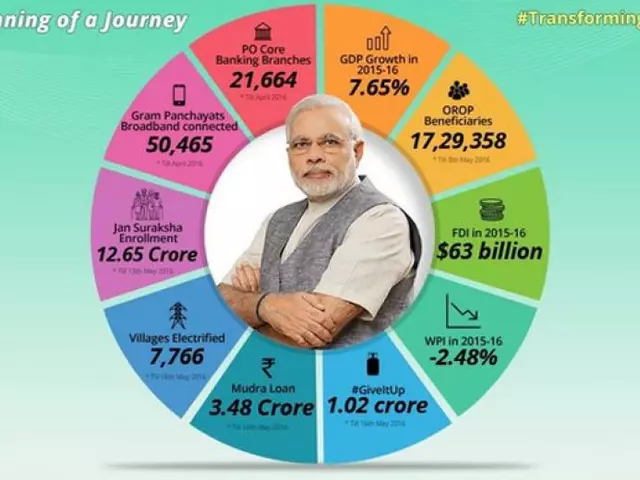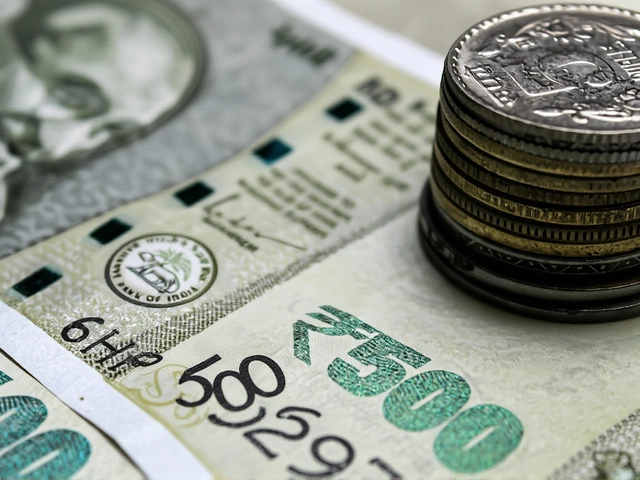Birth Certificate Basics: What It Is and Why You Need It
A birth certificate is an official record that proves you were born on a certain day, at a certain place, and to certain parents. It’s not just a piece of paper – it’s the key you need for many everyday things.
From getting a passport, enrolling in school, opening a bank account, to applying for a driver’s license, almost every major service asks for a birth certificate. Even jobs that require background checks often want to see it. In short, if you’re an adult or a parent, having a valid birth certificate saves you a lot of hassle.
When and Where to Get a Birth Certificate
If you were born in a hospital, the facility usually sends your details to the local civil registry. In most countries, the registry office (sometimes called the municipal office or vital records department) issues the certificate.
Newborns get a birth certificate within a few weeks. For older folks who never got one or lost it, you can request a copy from the same office that holds the original record. The process is similar whether you’re in a big city or a small town.
Step‑by‑Step Guide to Apply
1. Gather required documents. You’ll typically need a valid ID (like a driver’s license or passport), proof of address, and a small fee. Some places ask for the parents’ ID if you’re applying for a child’s certificate.
2. Choose how you want to apply. Most regions offer three options:
- In person: Go to the local registry office, fill out a short form, pay the fee, and get a receipt. Many offices give you the certificate on the same day or within a week.
- By mail: Download the form from the office’s website, mail it with copies of your ID and the fee, and wait for the certificate to arrive.
- Online: If the government has an e‑service portal, you can upload scans of your documents, pay with a card, and track the status. The certificate is usually mailed to your address.
3. Pay the fee. Fees vary – some places charge $5, others $20. Online payments are usually quicker; cash works for in‑person visits.
4. Wait for processing. Processing times range from a few hours (same‑day service) to two weeks for mailed requests. If you need it urgently, ask about an expedited option – it often costs a bit more.
5. Verify the details. Once you receive the certificate, check the name, date of birth, and parents’ names for any errors. Small mistakes can cause problems later, so request a correction right away if needed.
That’s it – a simple process once you know the steps.
Some handy tips:
- Keep a digital copy of the certificate in a secure cloud folder. It’s useful if the paper gets lost.
- If you’re applying for a minor, bring the child’s school ID or immunization card – some offices ask for extra proof of identity.
- When applying online, use a reliable internet connection and have a scanner or phone app ready to capture clear images of your ID.
Having your birth certificate on hand means fewer roadblocks when life throws a new requirement at you. Whether you need it for travel, education, or just peace of mind, follow these steps and you’ll have it in no time.





